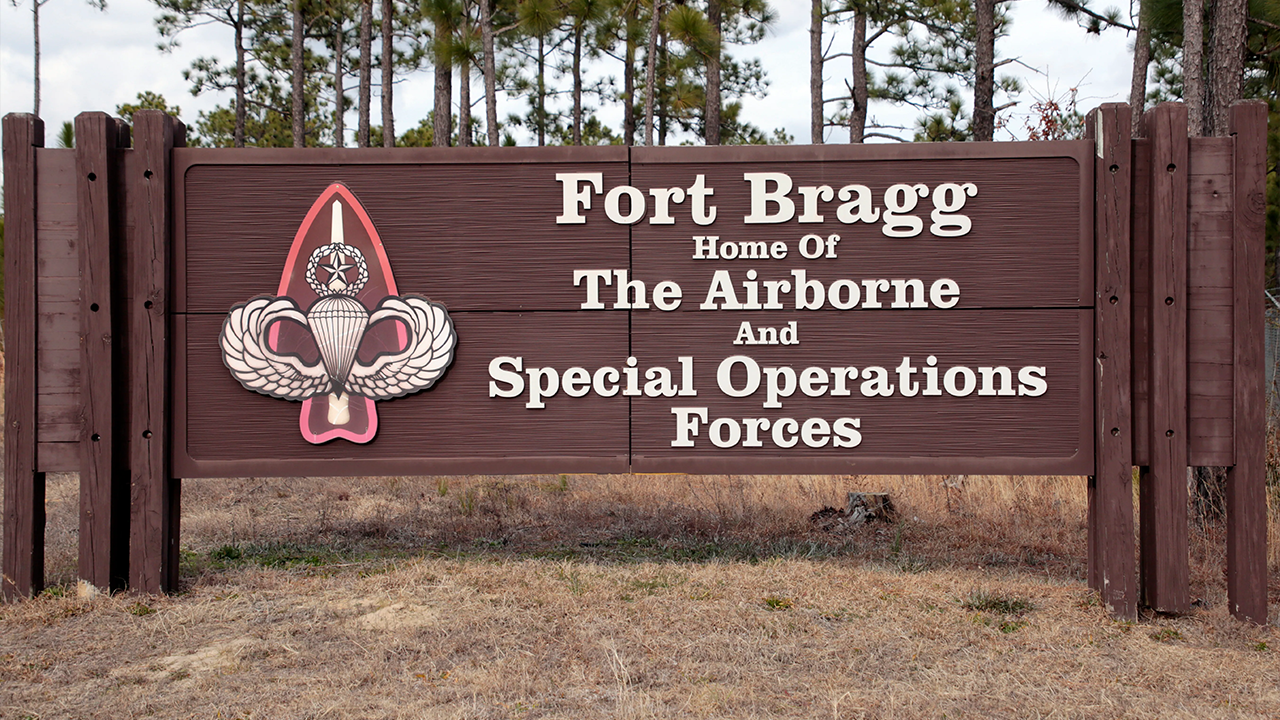United States
Hegseth says Fort Bragg is coming back, but with a twist

On Monday, U.S. Defense Secretary Pete Hegseth made a significant announcement regarding the renaming of Fort Liberty, a major military installation in North Carolina. In a move that blends historical reverence with contemporary values, Hegseth directed the U.S. Army to revert the base’s name to Fort Bragg, but with a crucial twist. The base will now honor Pfc. Roland L. Bragg, a World War II hero, rather than the Confederate general for whom the base was originally named. The decision was formalized in a memo signed by Hegseth aboard a U.S. Air Force C-17 en route to Stuttgart, Germany. Hegseth’s directive marks the latest chapter in a broader Department of Defense initiative to address the naming of military installations tied to Confederate figures, a process that has sparked both support and controversy.
The story of Fort Bragg’s renaming begins in 1918, when the base was originally named after Gen. Braxton Bragg, a Confederate general from North Carolina. Bragg, who owned slaves and led Confederate forces during the Civil War, was a polarizing figure whose military career was marked by significant defeats that contributed to the Confederacy’s eventual collapse. The decision to name the base after him reflected the era’s complicated embrace of Confederate imagery, which has come under increasing scrutiny in recent decades. However, the base’s connection to Bragg became a focal point of debate, particularly in the wake of the 2020 George Floyd protests, which reignited national conversations about systemic racism and the symbolism of Confederate iconography in public spaces.
In 2023, as part of a Pentagon-led effort to rename military installations bearing Confederate names, Fort Bragg was officially redesignated as Fort Liberty. The change was intended to distance the base from its problematic namesake while embracing a value—liberty—that resonates deeply with American ideals. However, Defense Secretary Hegseth’s recent directive introduces a new layer to the base’s identity by naming it after Pfc. Roland L. Bragg, a World War II hero whose remarkable story exemplifies courage and selflessness. During the Battle of the Bulge, one of the most brutal conflicts of the war, Bragg risked his life to save a wounded fellow soldier by commandeering an enemy ambulance and driving it 20 miles to reach an allied hospital in Belgium. His actions earned him the Silver Star and the Purple Heart, cementing his legacy as a symbol of valor and sacrifice.
The memo signed by Hegseth highlights the significance of Pfc. Bragg’s heroism, noting that his actions exemplify the “personal courage and selfless service” that the base seeks to honor. By renaming the installation after Bragg, the Department of Defense aims to align the base’s identity with the values of its service members, past and present. The decision also underscores the importance of recognizing individuals whose contributions to American history are more closely tied to the nation’s democratic ideals. Fort Roland L. Bragg, as the base will now be known, serves as a testament to the enduring spirit of those who have served in the U.S. military.
The renaming of Fort Bragg is part of a larger effort to reevaluate the names of military installations across the country. In addition to Fort Liberty, now Fort Roland L. Bragg, several other bases have undergone name changes. For instance, Fort Benning in Georgia was renamed Fort Moore in honor of Lt. Gen. Hal Moore, a decorated Vietnam War commander, while Fort Hood in Texas was renamed Fort Cavazos after Gen. Richard Edward Cavazos, a trailblazing four-star general who served in both the Korean and Vietnam wars. These changes reflect a broader shift in how the U.S. military approaches the commemoration of its history, seeking to balance the recognition of past leaders with a more inclusive and equity-focused perspective.
The decision to rename Fort Liberty as Fort Roland L. Bragg has been met with a mix of reactions, reflecting the complexities of navigating historical identity. Retired U.S. Army Brig. Gen. Ty Seidule, who served on the Naming Commission responsible for recommending the changes, noted that the name “Fort Liberty” was chosen to emphasize a value that is central to American identity. However, Hegseth’s directive to revert to the Bragg name, albeit with a different namesake, signals a desire to maintain a connection to the base’s historical roots while aligning its identity with more contemporary values. In doing so, the Department of Defense is charting a path that balances respect for the past with a commitment to progress, ensuring that the names of its installations reflect the highest ideals of the nation they serve.


















